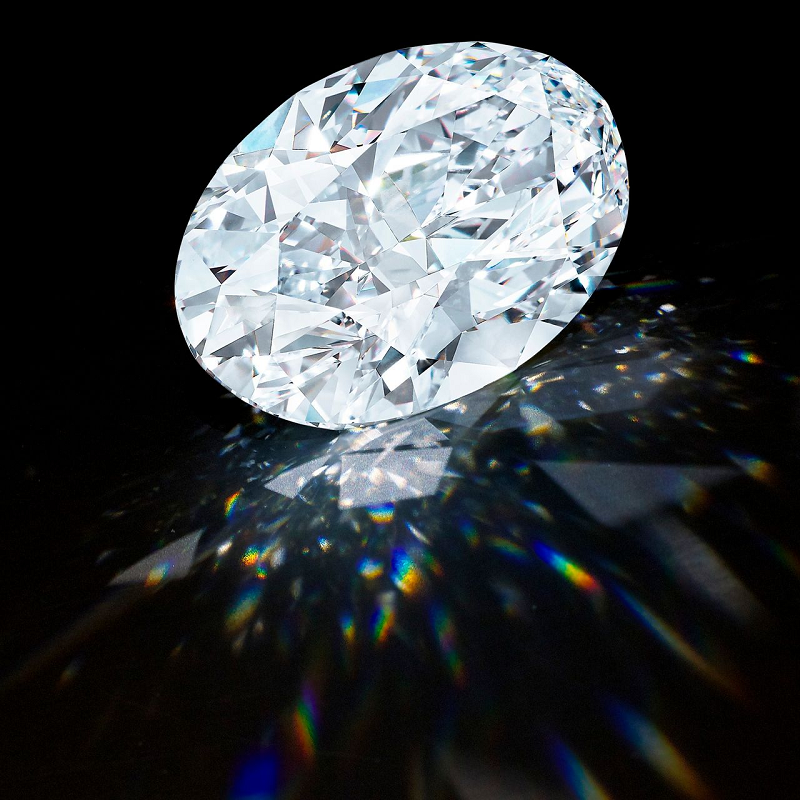The Long Traditions of the Lab Grown Diamond: Beauty Unbound
Lab-grown diamonds or man made diamonds are synthetic stones created by man. Their composition and properties are completely identical to the mined stones. The Novita Diamonds are to stay in the market for a long time thanks to their beauty and perfection.
History of the First Laboratory-Grown Diamonds
In 1776, Antoine Lavoisier confirmed that diamond has a crystalline carbon structure. From then on, scientists began working on the production of artificial diamond.
It was created at the end of the 19th century. In 1892, the French chemist Henri Moissan exposed high pressure and a high temperature of 3500oC to carbon, creating the first synthetic stone. Subsequently, in 1954, Tracy Hall of General Electric built a device that simulated the natural conditions of mined diamonds.
Although very popular, the demand for lab-grown diamonds did not come from jewelers themselves. The main reason for the creation of these stones was the demand from industrial branches. Artificial diamonds have become widely used in microelectronics, communications or laser technologies.
Because the size of these stones was very small, they could not be used in jewelry. This was made possible by the development of more advanced technologies.
How are synthetic diamonds made?
At the moment, there are two production methods.
Chemical Vapor Deposition (CVD) Method
In this method, a small diamond crystal is introduced into a reactor together with a mixture of specific gases. Under the influence of microwave radiation, the gases heat up to the plasma form (a state in which the individual carbon atoms are completely separated from each other). Subsequently, the free carbon atoms gradually begin to layer on the interposed diamond crystal.
HPHT method (High-pressure High-temperature)
This method simulates the natural conditions of formation of mined diamonds. The diamond crystal, together with the metal catalyst and the graphite carbon, is placed in a special chamber. Under the action of high pressure and temperature, the inserted metal melts and the graphite carbon is subsequently combined with the inserted diamond crystal. It gradually begins to grow. The basic crystal can be both laboratory-grown and mined diamond. There are not many synthetic diamond manufacturers at the moment. Leading producers include the United States, Russia, China and Singapore.
Lab-Grown Diamonds and Environment
Although lab-grown diamonds are known to provide a sustainable choice for many, concerns have arisen as to whether the production of cultured diamonds is truly organic. Frost & Sullivan, a global research and consulting firm, has conducted an extensive survey of the environmental impact of mined and laboratory diamonds. It published its results in the report “Environmental Impact Analysis – Production of Rough Diamonds”. The analysis shows that the environmental damage of mined diamonds begins at the exploration stage. It then continues during the actual mining process, which uses heavy machinery, explosives, hydraulic shovels, trucks, etc. However, laboratory diamonds are produced under sustainable conditions.
The total impact of mined diamonds is more than seven times greater than laboratory-produced diamonds. The Frost & Sullivan study has clearly shown that diamonds made in the laboratory are actually more environmentally friendly. They help restore the balance between biodiversity and the environment. They are therefore the only sustainable choice for customers.




